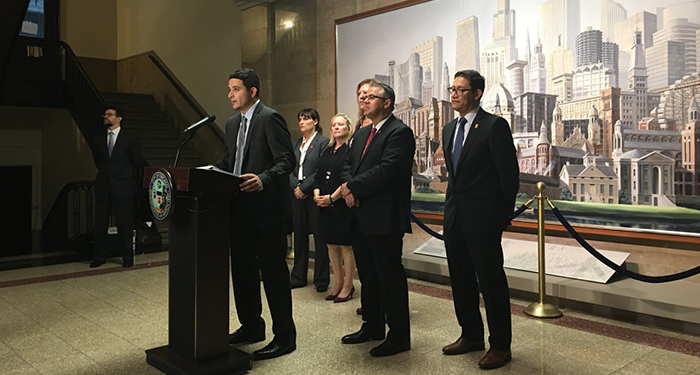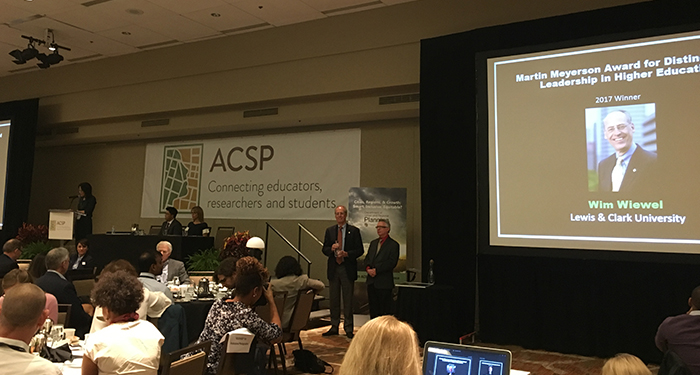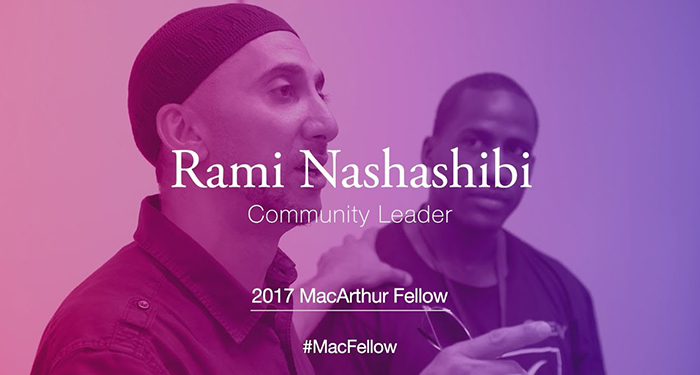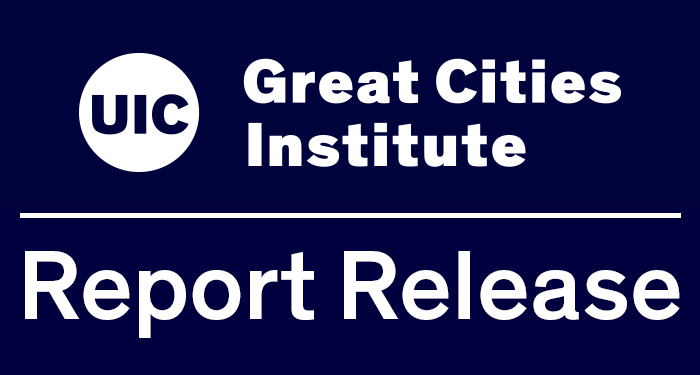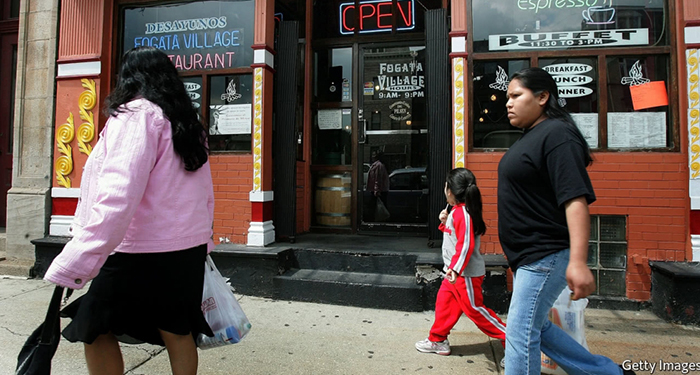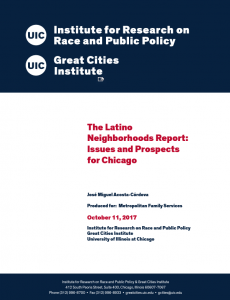Food banks and food pantries have proliferated in response to an economic emergency. The loss of manufacturing jobs combined with the recession of the early 1980s and Reagan administration cutbacks in federal programs led to an explosion in the growth of food charity. This was meant to be a stopgap measure, but the jobs never came back, and the “emergency food system” became an industry. In Big Hunger, Andrew Fisher takes a critical look at the business of hunger and offers a new vision for the anti-hunger movement.
From one perspective, anti-hunger leaders have been extraordinarily effective. Food charity is embedded in American civil society, and federal food programs have remained intact while other anti-poverty programs have been eliminated or slashed. But anti-hunger advocates are missing an essential element of the problem: economic inequality driven by low wages. Reliant on corporate donations of food and money, anti-hunger organizations have failed to hold business accountable for offshoring jobs, cutting benefits, exploiting workers and rural communities, and resisting wage increases. They have become part of a “hunger industrial complex” that seems as self-perpetuating as the more famous military-industrial complex.
Fisher lays out a vision that encompasses a broader definition of hunger characterized by a focus on public health, economic justice, and economic democracy. He points to the work of numerous grassroots organizations that are leading the way in these fields as models for the rest of the anti-hunger sector. It is only through approaches like these that we can hope to end hunger, not just manage it.
Andrew Fisher is a leading national expert on community food security. In 1994, he co-founded and led the Community Food Security Coalition (CFSC), a national alliance of groups working on food access and local food, until 2011. During this time, he created and publicized the concept of community food security, and played a key role in building the food movement. He has played a lead role in gaining passage of numerous pieces of federal legislation, including the Community Food Projects and the Farm to School grant program. He has worked on a wide variety of food system topics, including food policy councils, community food assessments, healthy corner stores, coalition building, and farm to cafeteria. He has taught at various universities in Oregon, and is currently an adjunct instructor in the public health department at Portland State University. He served as an interim executive director at Portland Fruit Tree Project from 2015-2017. His book on the anti-hunger movement, “Big Hunger: The Unholy Alliance between Corporate America and Anti-Hunger Groups” will be released by MIT Press in April, 2017.
